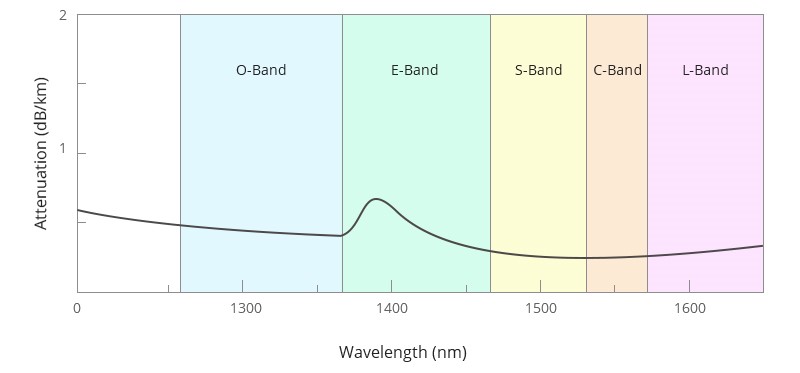
How Does an EDFA Work?
An EDFA consists of a length of Erbium-doped fiber (EDF), a pump laser, and a WDM combiner. The WDM combiner is for combining the signal and pump wavelength so that they can propagate simultaneously through the EDF.
The optical signal (1550nm) enters an EDFA from the input, and the 1550nm signal is combined with a 980nm pump laser and WDM device. The signal and the pump laser pass through a length of fiber doped with Erbium ions, and the 1550nm signal is amplified through interaction with the doping Erbium ions. This action amplifies a weak optical signal to a higher power, which boosts the signal strength.
EDFA Types
1. Booster Amplifier
A booster amplifier EDFA operates at the transmission side of the DWDM link. It amplifies the multiplexed optical signals before sending them into an optical fiber. The common types of OBA are 20dBm Output C-band 40 channels 26dB gain booster EDFA and 16dBm output C-band 40 channels 14dB gain booster EDFA.
2. Pre-amplifier
A pre-amplifier EDFA operates at the receiving end of a DWDM link. It is used to compensate for losses in a de-multiplexer near the optical receiver.
3. Line Amplifier
A line amplifier EDFA is generally set at intermediate points along the transmission link in a DWDM link to overcome fiber transmission and other distribution losses. It is designed for optical amplification between two network nodes on the main optical link. The typical distance between each line of the amplifier EDFA is 40 km, 60km, 80km, and 100km.
Features and Benefits
EDFA provides low optic power input, high optic power output, high optical gain, high stability, wide frequency bandwidth, VFD or LED displays the working conditions and trouble alarm, RJ45 port for SNMP remote management, and RS232 for local management, low noise, low loss, and easy to deploy.
Applications
EDFA is used in FTTH, WDM(DWDM), cable television distribution networks, optical digital communication, long-haul optical communication system, optical subscriber access network system, distribution network, etc.

Conclusion
As EDFA performs as the most widely used optical amplifier, it also proves to be the most advanced one that holds the dominant position in the market. With the deployment of WDM systems and the increasing aggregate bandwidth of optical fibers, the WDM system integrated with EDFA will gain more benefits. Sun Telecom specializes in providing one-stop total fiber optic solutions for all fiber optic application industries worldwide. Contact us if any needs.


 Position :
Home>
News & Tutorial
>Products
Position :
Home>
News & Tutorial
>Products
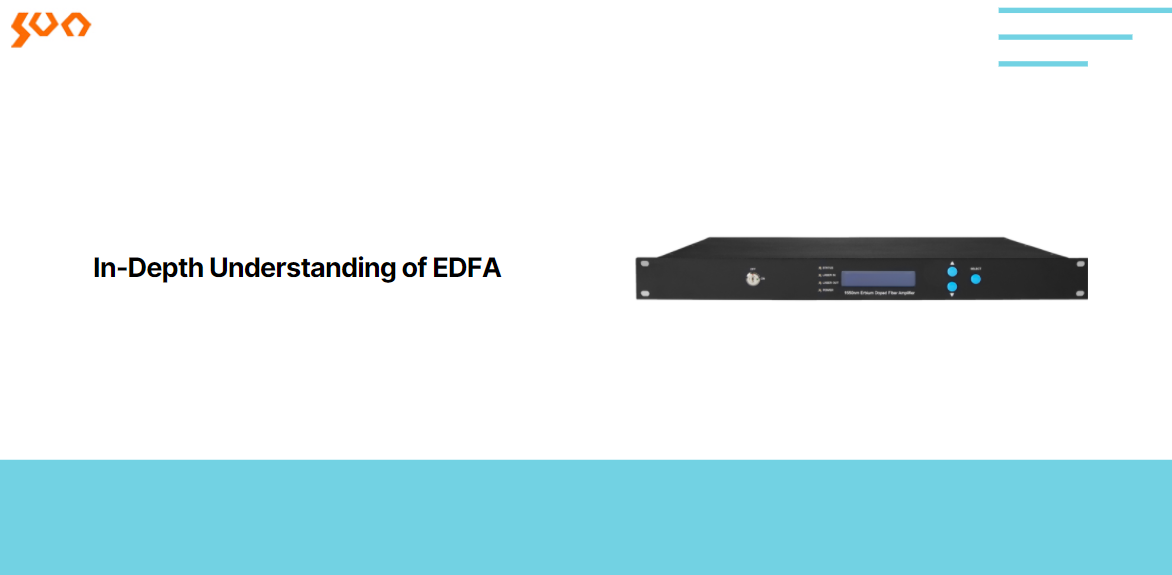




 Position :
Home
>Products
Position :
Home
>Products
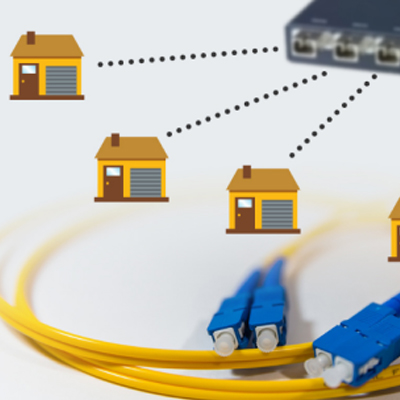
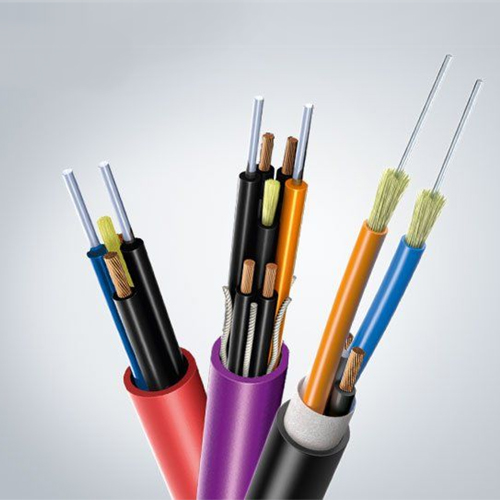
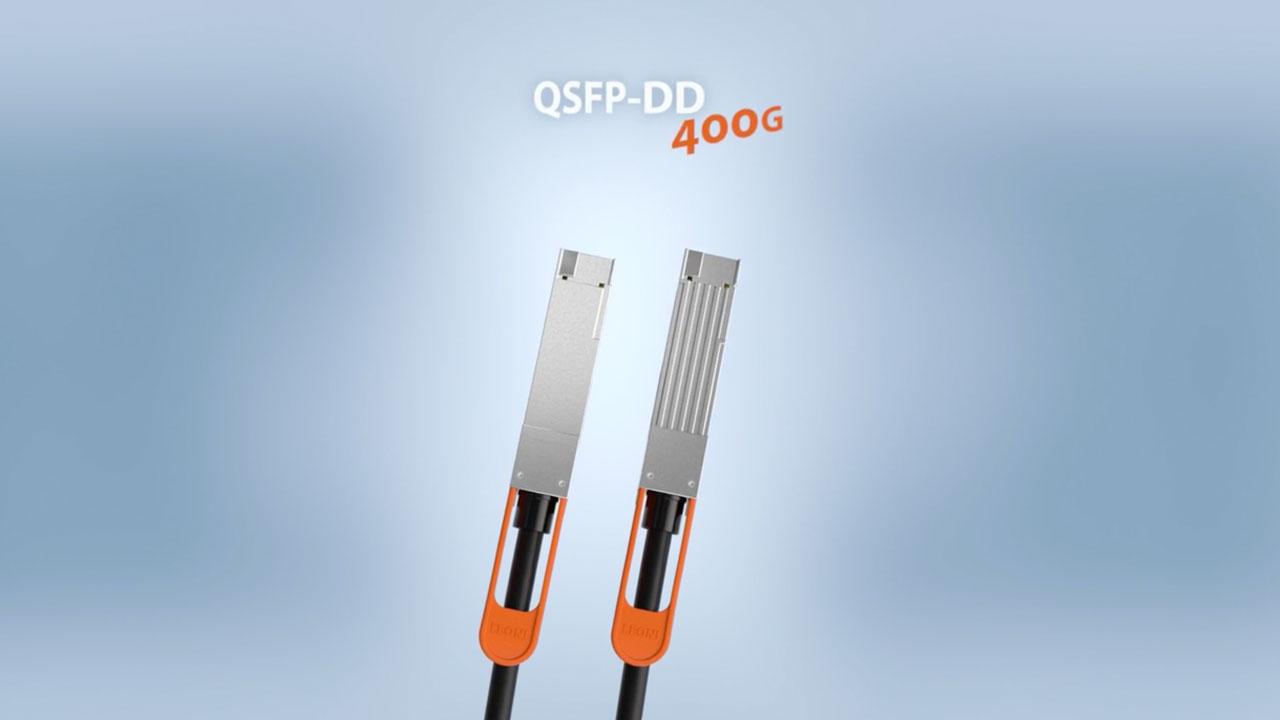

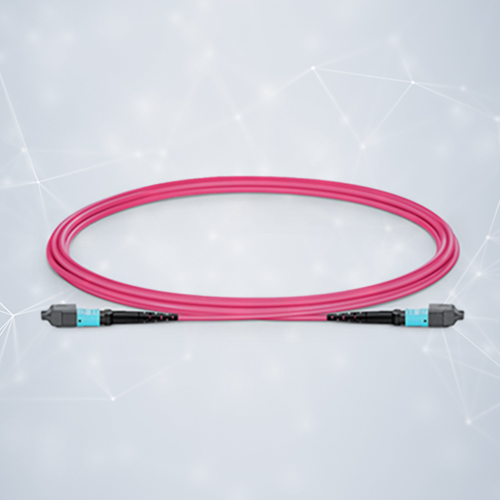
 ics@suntelecom.cn
ics@suntelecom.cn  +86 18964888554
+86 18964888554 Building No.145, Lane 666 Xianing Road, Jinshan Industrial Zone, Shanghai 201506, China
Building No.145, Lane 666 Xianing Road, Jinshan Industrial Zone, Shanghai 201506, China